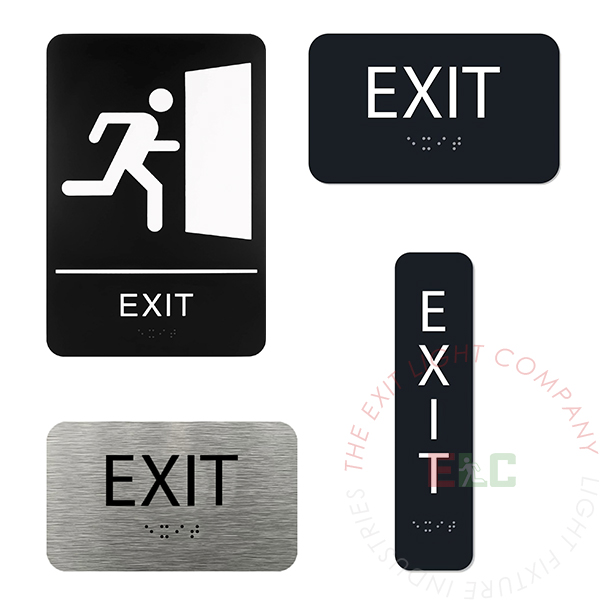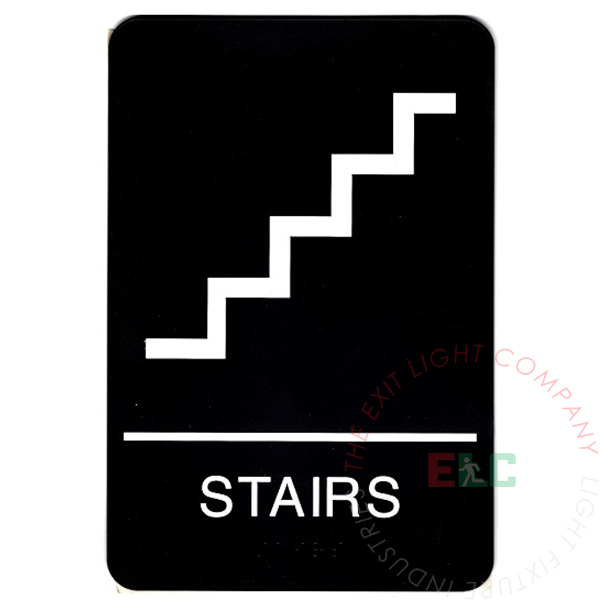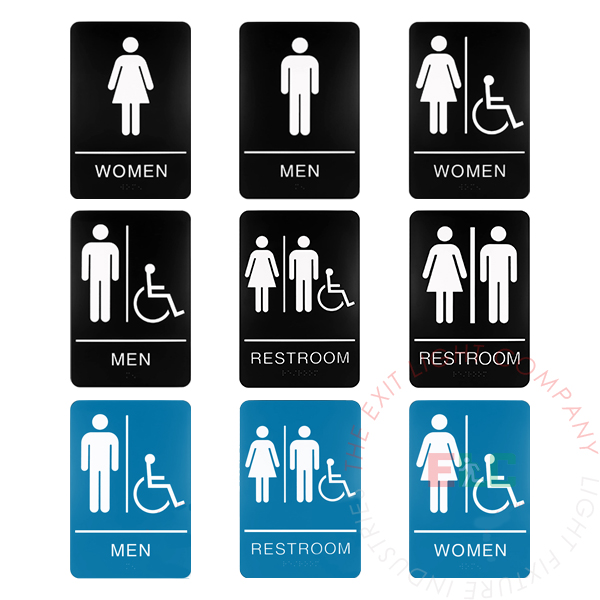
Recently, The Exit Light Co has introduced our own line of ADA signs to fill this important role in the market. Made with top quality materials and adhering to code-mandated requirements, it seemed like a natural extension of our life-safety product offering. Here is a brief history of the ADA sign.
The signing of the Americans with Disabilities Act had a dramatic impact on the lives of millions of Americans. Before its introduction, many people struggled to access basic services. Buildings, sidewalks, restrooms, and public transit proved to be difficult to navigate or, for some, completely unusable.
Section 504
The Rehabilitation Act of 1973 was the first federal civil rights protection law for people with disabilities. Section 504 prohibits discrimination against individuals with disabilities under any programs receiving federal funding. Prior to its introduction, some children were completely excluded from schools. This law has a notable impact on public education opportunities to this day. Nevertheless, many Americans still could not access businesses that serve the public such as churches, theaters, restaurants, hotels, gyms, private schools, and shops.
Americans with Disabilities Act
For decades activists fought for increased rights and to uphold those granted under 504. The ADA bill was first introduced in 1989. Activists became frustrated when the bill was stalled. On March 13, 1990 over 1,000 people marched from the White House to the U.S Capitol in protest. In a powerful display, about 60 of the participants then abandoned their wheelchairs and mobility devices to crawl up the 83 steps leading to the Capitol. This became known as the “Capitol Crawl” and helped push legislation forward. A few months later the bill was signed into law.
Our World Today
The ADA changed the way our world is built. Ramps, elevators, sidewalks, public transit, and restrooms have all been adjusted to ensure everyone has access. Public communications now include interpreters and closed captioning. This law also opened up jobs for many Americans by prohibiting discrimination against qualified individuals with disabilities in the workplace.
Today publicly accessible buildings include signs designed to help the visually impaired navigate public spaces. These signs include raised lettering, Braille, and sometimes a pictogram. They help those with and without visual impairments to locate, offices, restrooms, stairs, and much more.
Click here to see our line of ADA compliant signs.





